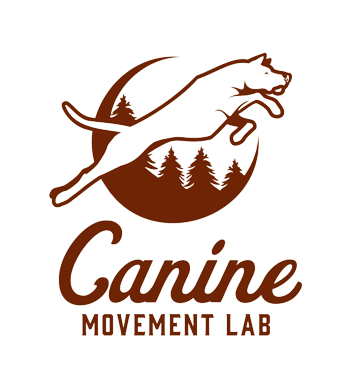Follow these simple tips to see BIG changes in your dog's behavior
The Energy Equation:
Don't add energy to a problem behavior which already represents an energy overload.
Examples of adding energy: "Positive punishment" (this means adding stimulus/punishment) of unwanted behavior, this never works! It may seem like it's working in the short term, but in the long term you are literally adding energy to the very problem you are trying to extinguish.
Another example of adding energy: puzzles and other games and toys that add "mental stimulation" to a dog who is already over-stimmed. If your dog is truly bored because you are not giving him enough exercise or work, this is a totally valid issue. But if your dog has a serious behavioral issue such as outwardly destructive or self-mutilating behavior (usually due to trauma or separation anxiety) then puzzles are not the answer.
Frequent walks or frequent petting (attention giving, verbal praise) throughout the day can potentially add too much energy. Depends on the dog.
You must always give your dog a place to put his energy that will be constructive and create connection. Examples of this would be: tug (and letting him win), or pushing for food, or even collecting for food. I also teach my dogs to speak on command and praise them for making contact (hupping up on me with front paws).
IF you come across a trainer who wants to shock your dog for behavioral issues, run far far away, and then keep on running! We are trying to make your dog more magnetic, not electric. Electric in = electric out. Electricity creates turbulence in the nervous system, and we are looking to create a smooth, laminar wave. Plus, it's just mean, it confuses the dog, and potentially (usually) worsens the original behavior because you are ADDING ENERGY to the underlying problem. (Shock collars are an example of positive punishment, depending on how you use them.)
Balancing the Energy Equation:
When you give your dog a job, think about how this activity affects his quality of movement and also his state of mind.
Examples given
Fetch vs. Tug: When your dog is fetching a toy, he is stalking, chasing, and catching the prey (a prey object which is small and fast and moves erratically). The most intense momentum is directed away from you. The dog then gets addicted to the rush of adrenaline, and also tuned to small prey. The tennis ball isn't grounding the level of arousal stimulated in his prey drive. With fetch, the hunt never ends! That's why it creates addiction, because there's no stopping point.
When you play tug with your dog, he is stalking, chasing, and catching the prey (you!) which gives you control of the dog. Your dog is investing a large amount of energy chasing YOU, not the ball. The tug toy becomes a valuable extension of your body, so the "fight" to get the toy is large (as opposed to a ball which doesn't fight back). The winning of this intense "fight" is satisfying to the dog's drive to catch large prey. He can then kill-shake the object and carry it back to his den, completing the hunting circuit and providing emotional satisfaction.
Agility vs. Canine Resistance Training: Same idea here. Agility is to Fetch what Tug is to CRT. Think about how fast a dog moves through an agility course: twisting, turning, jumping, etc. Then think about how slow, steady, and strong your dog becomes when he is pulling weight. The QUALITY of the movement counts!
Agility is turbulent, drag work is laminar. A dog with a desire for conflict can find resolution in drag work because he must draw upon all of his energy reserves to push into the harness and complete his task.
Always choose activities that create as much emotional grounding as possible.
Fulfilling Your Dog's Biological Needs:
Before emphasizing "manners," e.g. leash manners or calm greetings, ask yourself: what have I done to fulfill my dog's biological needs?
Does my dog have the space, time, and freedom to sniff, dig, chew, etc?
Is my dog eating a biologically appropriate diet that properly exercises his mouth and jaw, relieving stress and providing emotional satisfaction?
Have I exercised my dog in a way that engages his drive, but also grounds out any stimulation of that drive?
Has my dog completed the "hunt" or some type of work that resolves his desire for conflict (fight drive)?
Absolute No-No's:
PLEASE, for the love of GOD, throw away those squeaky toys. Tuning your dog's drive (and nervous system) to small prey and high-pitched noises reduces his emotional capacity and creates hyperactivity.
Which reminds me of another important point: NEVER tease your dog with a laser pointer. Laser pointers at best create frustration and obsessive behaviors, and at worst create a truly neurotic or aggressive dog.
If you have questions about any of these suggestions, please contact me!
Photo by Josephine Amalie Paysen


